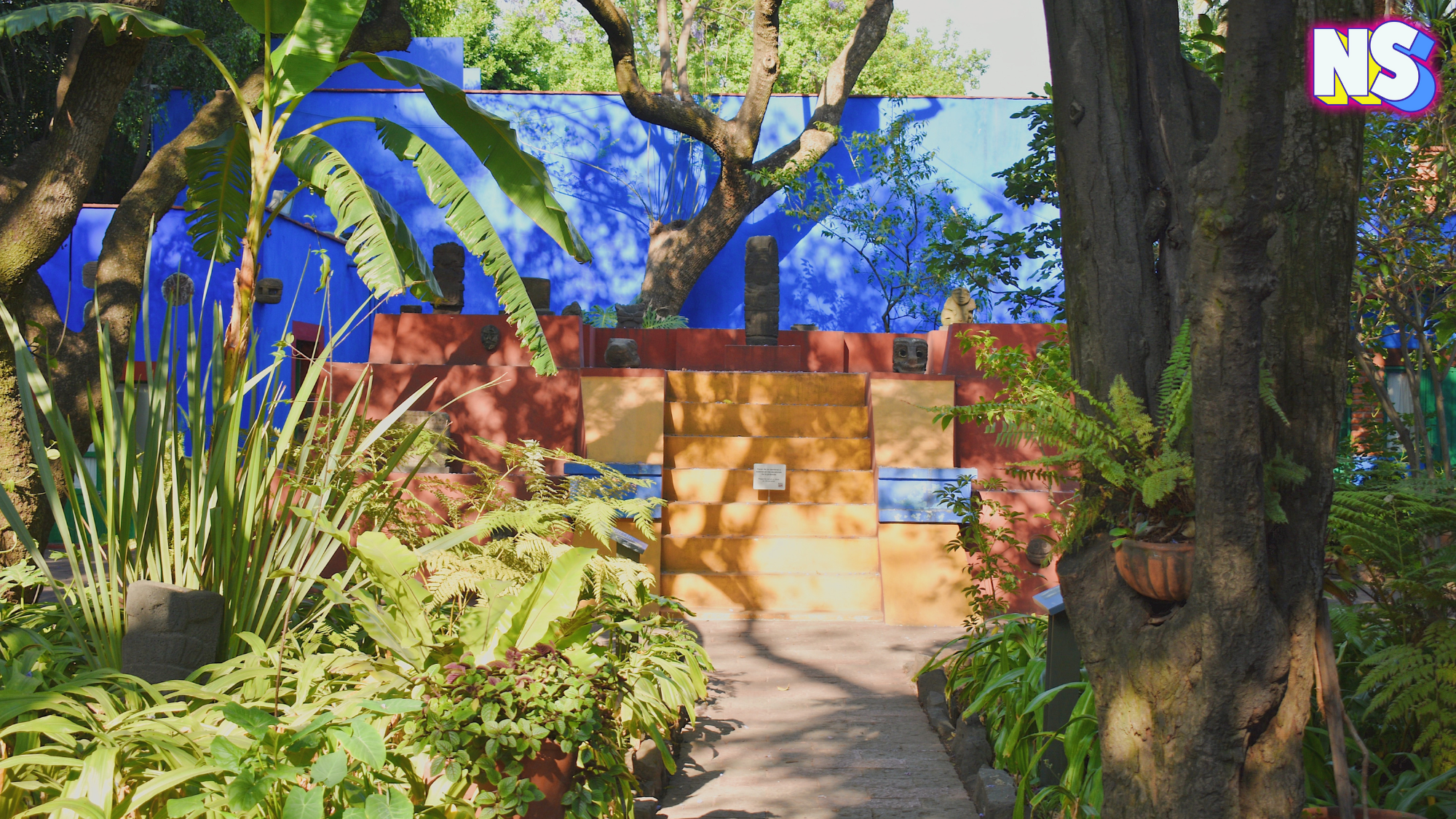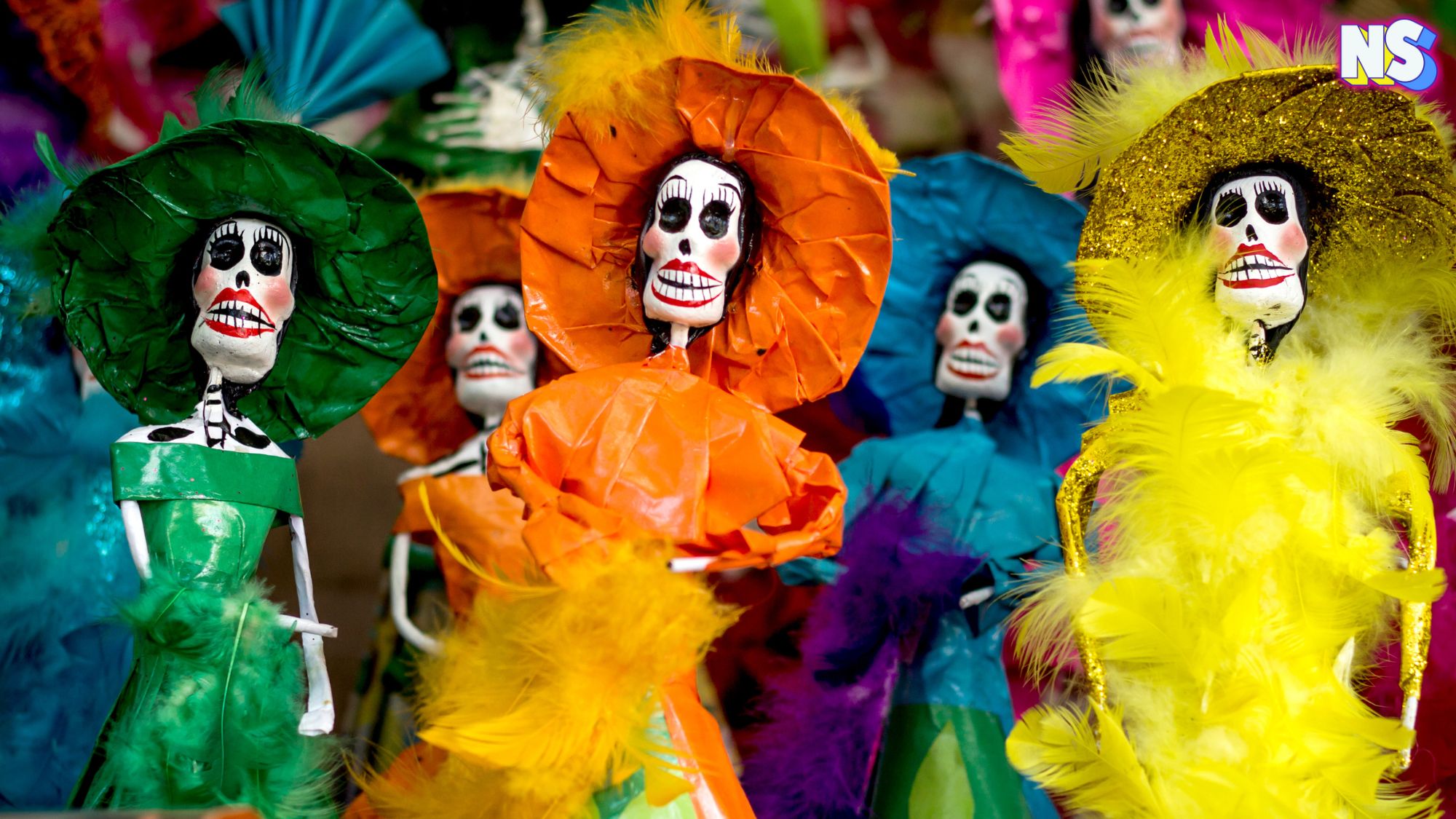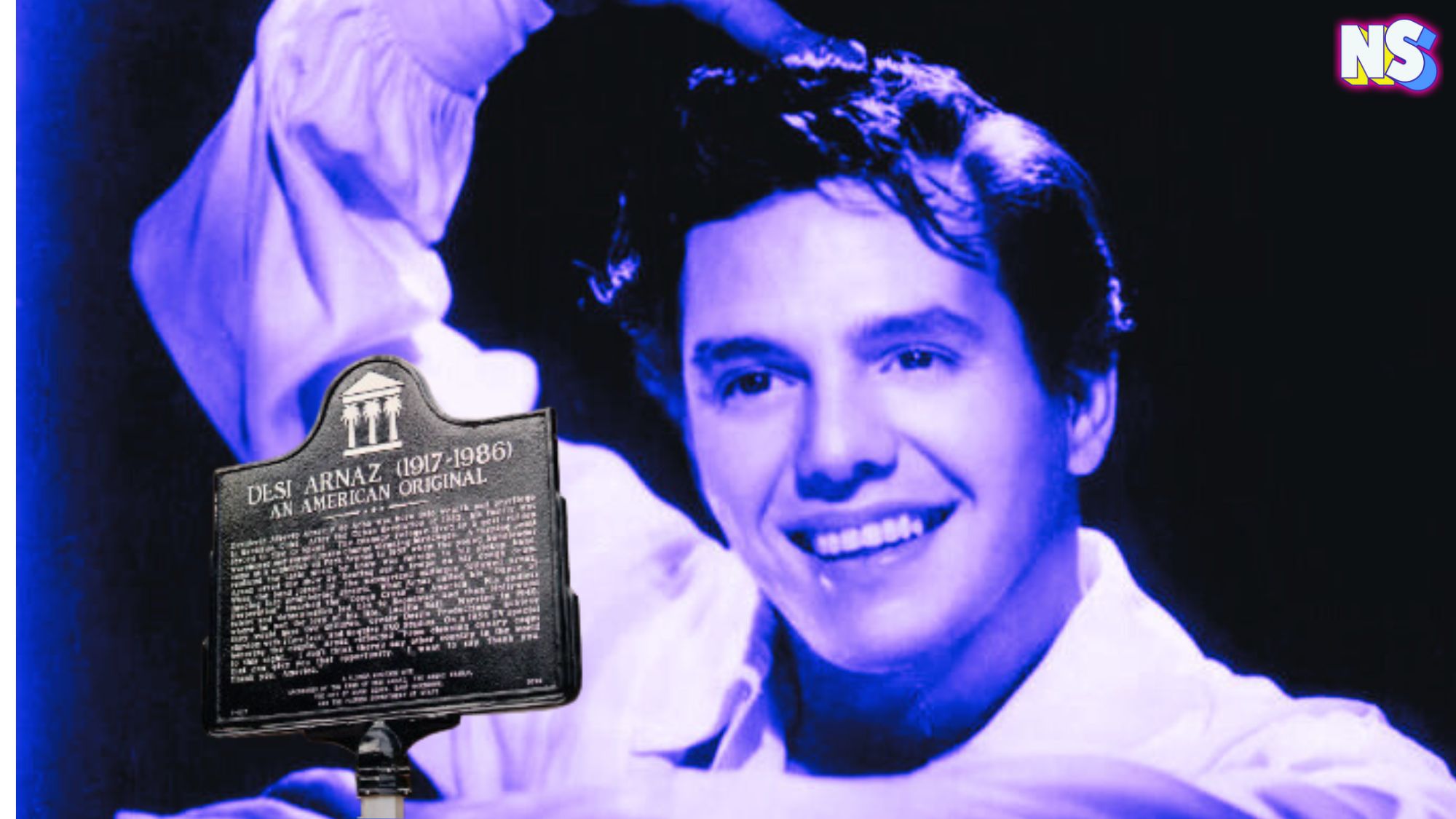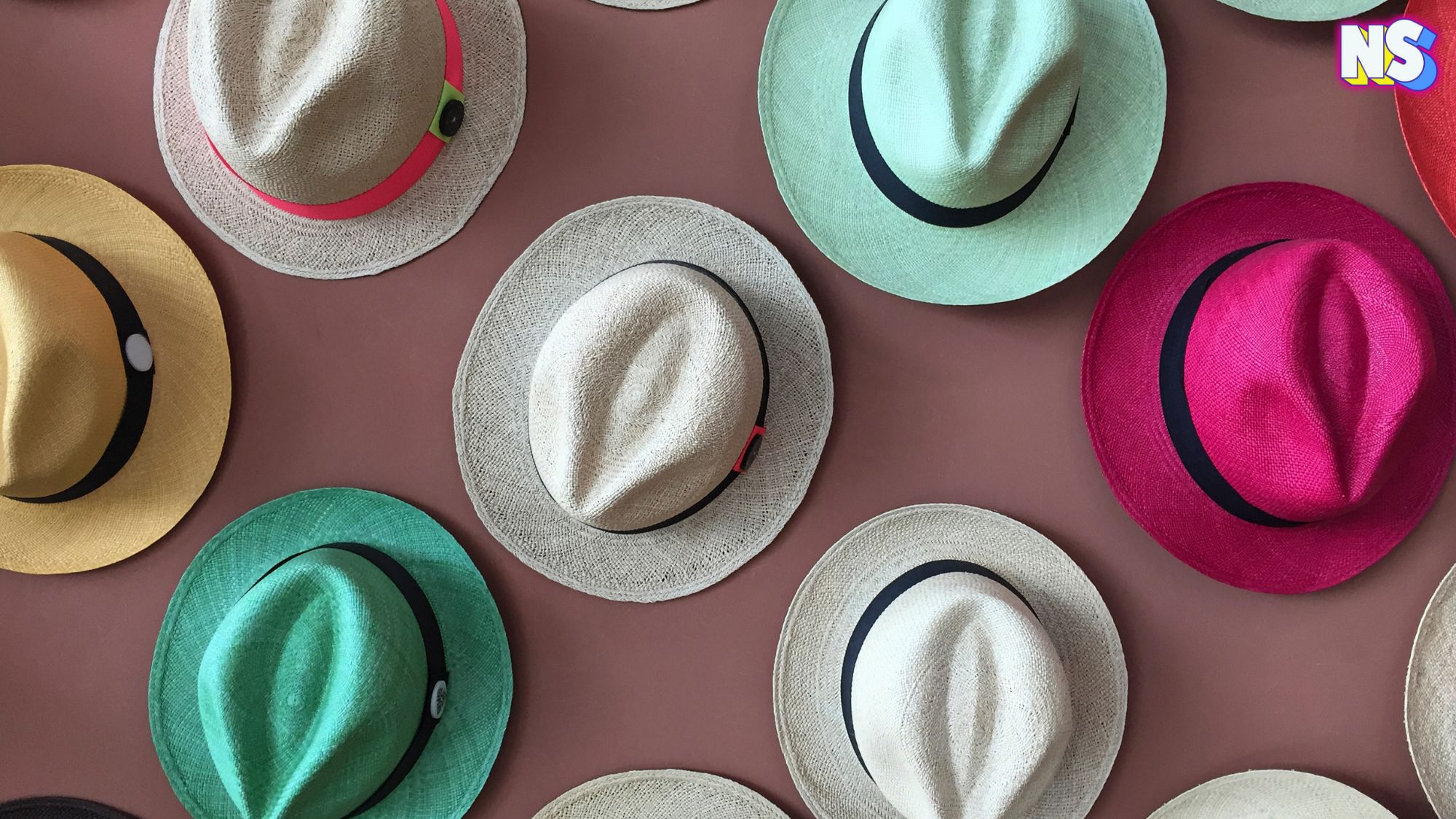We know Frida Kahlo through her striking self-portraits, with flowers in her hair.
What many may not know is that the very blossoms woven into her braids likely originated from her enclosed garden at Casa Azul, where she was born in 1907 and died in 1954.
The most famous Mexican painter and feminist icon was not just an artist. She was a passionate gardener.
She just grew up that way.
“As a child, she gathered plant specimens from parks and natural sites in her hometown of Coyoacán,” Google Arts and Culture explains. “As an adult, she collected cultural objects including hundreds of devotional paintings and thousands of photographs, as well as an array of plant-based objects from botanical field guides and scientific publications about Mexican to poetry books, jewelry, traditional Mexican dress, and other objects. Kahlo also collected living plants, filling the courtyard garden at her home, the Casa Azul.”
In 2015, the New York Botanical Garden, in the Bronx, New York, created a six-month exhibition “to examine Frida Kahlo’s keen appreciation for the beauty and variety of the natural world, as evidenced by her home and garden as well as the complex use of plant imagery in her artwork.”
Organizers say over 50,000 visitors enjoyed the exhibit, surpassing attendance at Monet’s garden exhibit years before.
About Frida Kahlo’s Garden
Frida Kahlo’s garden was her sanctuary — a canvas in its own right.
Alongside flowers, the artist cultivated fruit trees — orange, apricot, and pomegranate — and plants native to her beloved Mexico, including prickly pear and agave.
It's evident now that her gardening was intentional — a purposeful endeavor.
“The garden, like her paintings,” writes journalist Daniel Glass, “was a battleground where she fought her Danse Macabre with pain and suffering.”
For Kahlo, gardening wasn’t merely about nurturing life; it was a battleground. She literally uprooted her courtyard garden's colonial past, by ripping out anything that wasn't native to Mexico. She was returning the space to its indigenous roots.
The presence of native flora, like agave and prickly pear, mirrored her commitment to preserving Mexican heritage and culture, intertwining her politics and nature.
And her husband, world-renowned muralist Diego Rivera, helped.
“She further emphasized her nationalist ideology through a miniature Aztec-inspired pyramid, designed with her husband Diego Rivera, that still stands amidst the vegetation,” artsy writes.
Together, the couple infused the space with cultural symbolism and artistic fervor. This amalgamation of art and horticulture encapsulated Kahlo's deep-rooted connection to her homeland and her relentless pursuit of self-expression.
“In the 1940s Frida Kahlo and her husband, Diego Rivera, expanded the garden and the house at the Casa Azul, making way for additional plants and collections and building a new studio for Kahlo,” Google Arts and Culture explains.
Her love of all things horticulture and gardening found its way into many of her paintings, like her “Portrait of Luther Burbank” (1931) and self-portraits like an untitled piece known as Self-Portrait with Thorn Necklace and Hummingbird, from 1940.
“Frida Kahlo's plant-inspired paintings are frequently allegorical in emotional, sexual, and cultural terms and express her sense of wit and play of double meanings,” Google Arts and Culture writes. “At times, she would even create half-plant, half human hybrid characters, depicting herself and those around her.”
Art historians believe that Kahlo's garden is a masterpiece in its own right.
Today, visitors to Casa Azul's garden are greeted by this living legacy — a place that transcends time, inviting them to delve into Kahlo's psyche.
Each plant whispers stories of pain, love, and unwavering determination, inviting admirers to contemplate the profound depths of her existence.
“Like everything else about Kahlo, her horticulture commands attention and rewards it with jolts of vicarious, insatiable ardor, if you open your eyes, mind, and heart to her,” the New Yorker magazine writes.
Garden like Frida Kahlo!
Looking to add variety, and a great story, to your own garden? Plant some of the common plants, flowers, and shrubs Kahlo grew. The following are nine varieties still found today, six decades later, growing in Frida Kahlo’s garden:
- Old Man Cactus (Cephalocereus senilis) – “a tall, columnar succulent in the cactus family with spines that form fine white hairs reminiscent of an old man.”
- Sunflowers – an annual plant with bright yellow petals and brown centers that “ripen into a head filled with seeds.”
- Sweetheart plant, or heart-shaped philodendron – an evergreen foliage plant native to tropical regions of South and Central America and the West Indies. It is a popular houseplant, offering year-round beauty and easy care.
- Zinnias – a shrub which produces delicate flowers as they mature and create the illusion of bicolored flowers.
- Bougainvillea – vine-like shrubs that produce the showiest display of flowers in the spring and early summer, but bloom throughout the year.
- Calla lilies – perennials with elegant, trumpet-shaped flowers that come in a variety of colors such as white, pink, yellow, and orange.
- Organ-pipe cactuses – tall, columnar cacti with numerous branches and spines that grow in clusters .
- Marigolds – annual plants with yellow, orange, or red flowers that bloom in the summer and fall.
- Dahlias – tuberous perennials with showy flowers that come in a wide range of colors and sizes.





